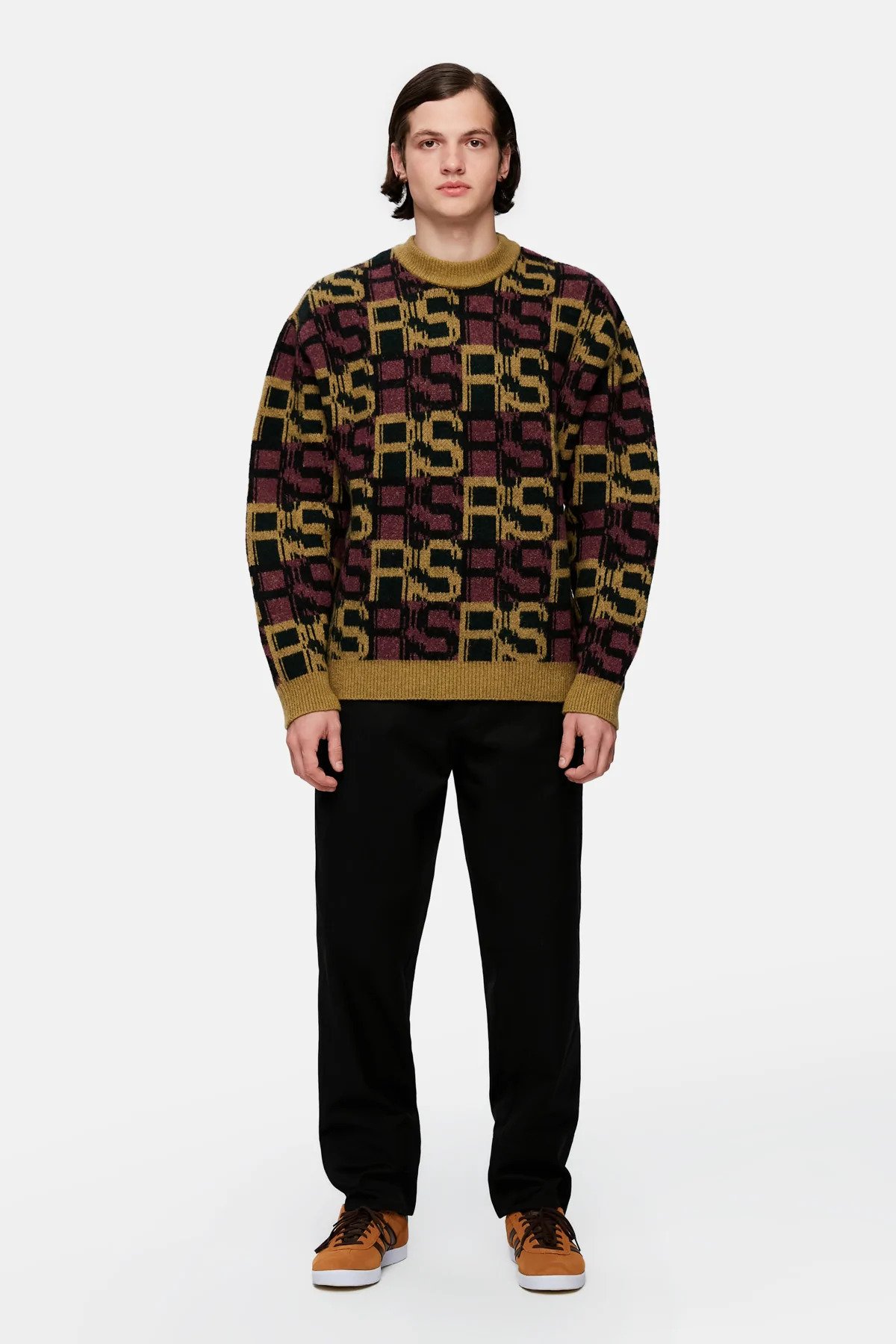What is Circular Fashion?
Source: Alyssa StrohmannDue to the rise of progressive movements in Gen Z and alarming news of the declining health of Earth, consumers are being warier than ever about how their purchase will impact the planet and the living beings inhabiting it. The influence of this shift in shopping trends can be seen in the fashion industry. Many brands of these past years have been called out for their unsustainable business practices, such as the mistreatment of factory workers, the use of harmful fibers, and the encouragement of hyper-consumption. In turn, this has more or less forced brands to become greener, or at least market themselves as such. The emphasis on the latter is important as many fashion companies, have been participating in “green-washing”, which is the act of advertising one’s business or products as more eco-friendly tricking buyers into thinking they’re being sustainable. In fact, the environment-focused non-profit organization, Changing Markets Foundation, conducted a study with 46 brands and found that 59% of them had green-washing claims. In midst of this confusion and misinformation, people who are looking for ways to participate in fashion in ethical ways are struggling to do so. This leads to this article’s topic that potentially has the answers to the ethical consumer: Circular Fashion.
Circular fashion is defined as a model that takes into account the lifecycle of the article of clothing from its conceptualization to its end life to ensure that it keeps being used. However, one might ask themselves, what does this model look like in action?
Source: ShutterstockThe model prioritizes preventing clothes to end up in the trash, therefore businesses prioritize organic fabrics instead of synthetic ones to produce higher-quality products incentivizing buyers to keep their clothing instead of discarding them to the landfill. Additionally, the use of organic fabrics allows the clothing to be biodegradable in contrast to garments made with artificial fibers that do not decompose and emit harmful emissions to the environment. The model also incorporates less waste being produced by using less material to produce clothing and or recycling/reusing what is ever is left for their new garments. Another aspect of circular fashion is using less power to produce clothing, such as decreased water and electricity usage to produce clothing.
Source: Knock FashionBusinesses are not the only ones who can play a role in this model, as consumers play a crucial role as well. The most straightforward path to support circular fashion brands and the system itself is to support them by purchasing their clothing. Voting with your dollar allows these businesses to grow and continue their sustainable business practices. It's also important to research brands before buying from them to confirm that the companies are being honest about their marketing. The ways to do so are to investigate the business’ supply chain, types of fabrics used, uses of animal products, etc. A second option for participating circularly is thrift shopping. Second-hand stores or resale sites are inherently sustainable as they give clothing a second chance at finding a new home. Thus, by purchasing items through these establishments, it supports the business and allows the community to donate their clothes to people who would treasure them.
An often-overlooked option for consumers to be circular fashion participants is reducing the amount one consumes. Reducing the amount of clothing one consumes can lessen wasteful spending on clothing, which can not only lessen the amount of clothing ending up in landfills but also reduces the amount of profit that unsustainable companies are able to receive. There are also options to freshen up one’s closet without buying more clothing, like attending clothing swaps or swapping clothes with friends, learning how to alter clothing, trying out new outfit combinations, etc.
Source: ShutterstockIn conclusion, the circular fashion model is crucial for the future of fashion as it promotes sustainability with not only the longevity of clothing in mind, but the planet as well. Admittedly, it is difficult to navigate through today’s society where everything is driven based on profits instead of morals as consumers. Major corporations have a large chunk of responsibility when it comes to the damage done to the environment and the people it is has harmed. At the same time, as consumers, we can do our part and avoid partaking in unethical practices and through combined efforts in order to reverse this impact. If we all do our due diligence, through research, informed shopping, and reduced consumption, the world will look not only more fashionable, but cleaner as well.
If you’re interested in circular fashion brands, here are a few that stand out for us for their efforts in their sustainable production of clothing for their uses of conscious materials, ethical work standards, transparency, and much more:










Brands in order by photo: Mila.Vert, No Nasties, Kalaurie, Dedicated, Boyish, Reflect Studio, LA Relaxed, KOHR, DuchXFashion, Outland Denim
Sources: Editor, Futurside. “Circular Fashion: Restyling Fashion for a Better Future.” Futurside, 19 Oct. 2022, futurside.com/circular-fashion-restyling-fashion-for-a-better-future/.Hill, M. (2022, September 19). What Is Circular Fashion? Good on You. https://goodonyou.eco/what-is-circular-fashion/#:~:text=Circular%20fashion%20is%20a%20system%20where%20our%20clothingAnonymous, (2021). Synthetics Anonymous Fashion brands’ addiction to fossil fuels [PDF]. www.changingmarkets.org. http://changingmarkets.org/wp-content/uploads/2021/07/SyntheticsAnonymous_FinalWeb.pdf


